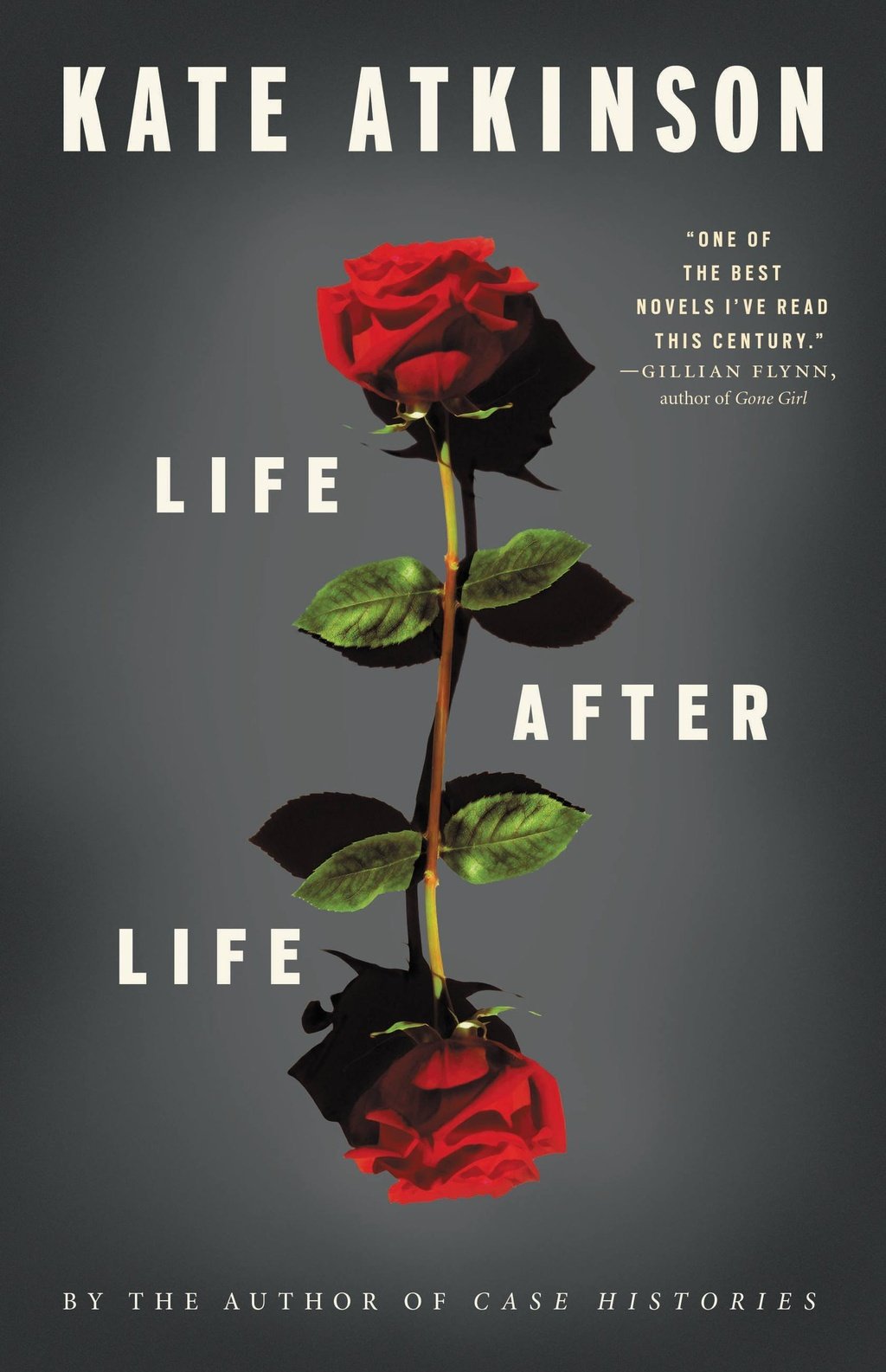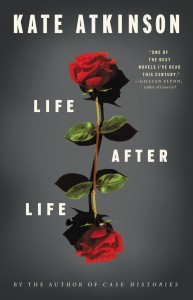On a whim, I recently read Kate Atkinson’s “Life After Life,” a novel with almost universal appeal that provides a unique take on the concept of immortality. In the course of a week it had become my favorite book written in the last 10 years. Despite featuring scenes that recur up to ten times – the main character’s efforts always seem to return her, figuratively and literally, back to square one – the story moves in bold new directions, a blend of supernatural and historical fiction.
Ursula Todd is an ordinary woman with an extraordinary gift (or curse): Every time she dies, she finds herself back at birth, with vague memories of her previous lives. Each chapter is an entire life, a logic puzzle, as Ursula searches for the opportunity that will avert tragedy and allow her to move forward. Discovering the changes between versions of the same event provides more excitement and tension than many action films could provide.
This isn’t to say that her life repeats verbatim. Many choices she makes as an adult take her life in completely different directions, and eventually her sense of déjà vu changes her personality as a child. When Ursula rights the wrongs of her life she often does so in spectacular ways: In different timelines, she saves her family from dying of the Spanish influenza, saves a neighbor from a serial killer and assassinates Adolf Hitler.
Even if the structure doesn’t catch your interest, Ursula’s lives are just as interesting as her deaths. Ursula’s aristocratic childhood could be a top-notch period drama in and of itself, and Atkinson’s portrayal of World War II is ambitious and extremely moving. I was wary that the book would eventually become monotonous, but repeated scenes are written so as to provide new details each time. Although those around Ursula don’t remember the tragedies she prevents, each death scene shows supporting characters pushed to their limits in different ways, providing character development beyond that which most novels could hope to achieve.
The novel may seem designed to confuse, but Ursula’s cascade of lives is generally easy to follow, as we see why Ursula makes choices based on previous lives. However, not all questions are answered: Several lives are explicitly shown out of sequence, the last pages suggest an enormous twist to be explored in a sequel, and readers will interpret the ending differently. For this book, however, these choices make sense, as they encourage re-reading and deeper exploration of its themes.
Atkinson does such a brilliant job that I could easily imagine “Life After Life” becoming a film miniseries – this is a book that will not fade away. It has everything a student could want out of a leisure read: emotional complexity, moments of brilliant humor, constant suspense and, above all, the inspirational message that even an ordinary individual, with enough patience and self-confidence, can make a difference on time itself.
Contact Skylar Cohen at [email protected].

